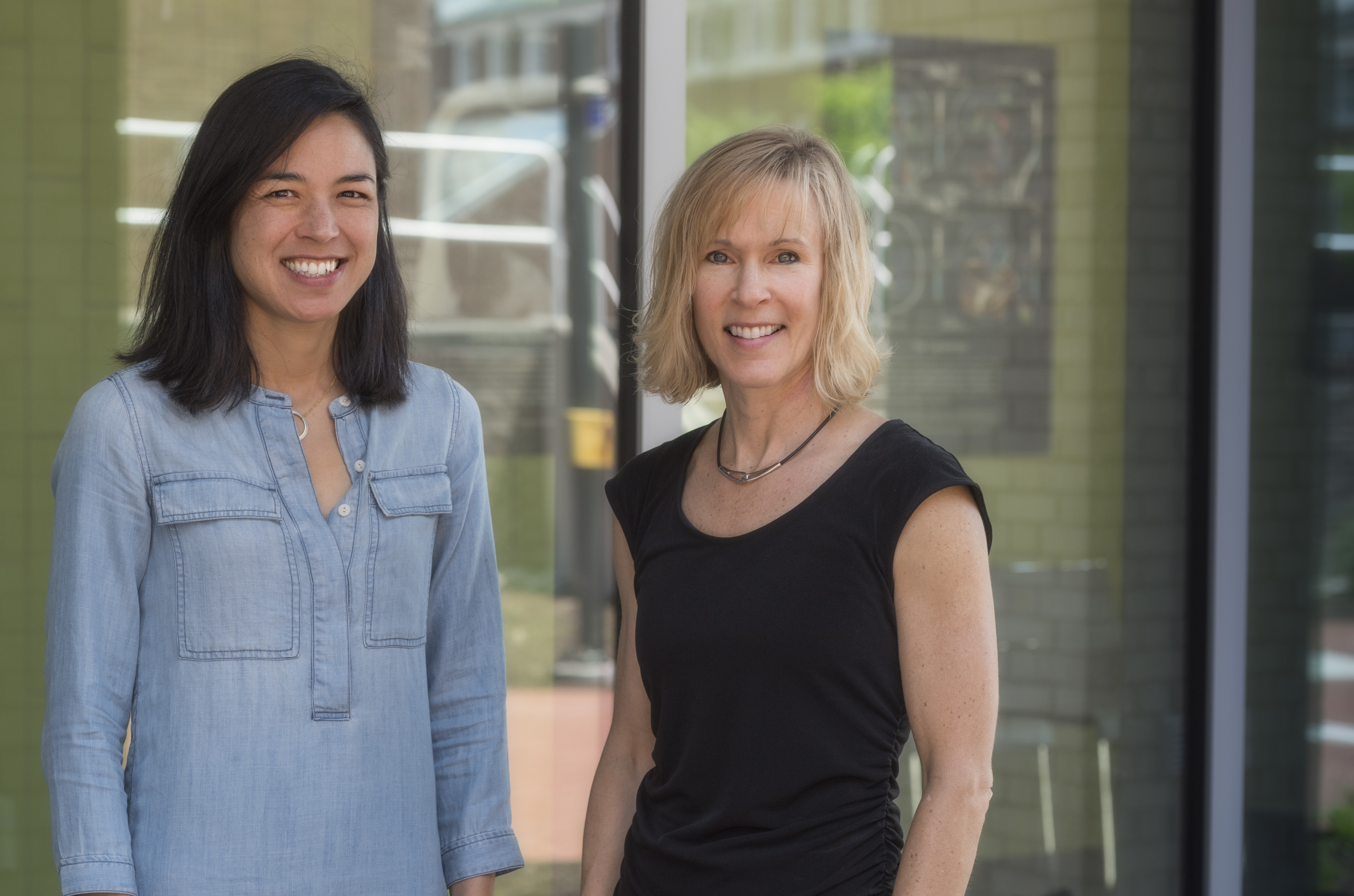


Clean bill of health
UD researchers monitor structural health of Indian River Inlet bridge
9:37 a.m., Nov. 30, 2012--In the wake of Hurricane Sandy, University of Delaware researchers are studying the structural health of the Indian River Inlet bridge (IRIB), which sustained 56 mile per hour winds during the storm and even greater wind gusts.
According to Michael J. Chajes, professor of civil and environmental engineering, the hurricane was an “unplanned calibration test of a wind event” that allowed sensors embedded in the bridge to capture data 125 times per second over a two day period before and during the storm.
Research Stories
Chronic wounds
Prof. Heck's legacy
While they are still analyzing the data, researchers were encouraged by the bridge’s performance and consider it an example of useful data the bridge’s structural health monitoring system can provide.
“Officials faced with inclement weather need to make decisions about whether or not to close a bridge and as we build up our data sets, they may help officials define parameters for what wind speeds are safe for bridge traffic, a major concern on the IRIB,” Chajes said.
Near midnight on Wednesday, Nov. 28, six trucks weighing roughly 30 tons each crawled across the bridge, collecting additional data from the nearly 150 sensors embedded in the 1,750-foot cable-stayed structure. The trucks were driven in pre-determined patterns across the bridge. Data samples, collected 125 times per second, measured the strain, vibrational response, movement, temperature, wind speed and pitch of the bridge deck.
It is the second of four calibration tests UD researchers Harry (Tripp) Shenton, Gary Wenczel and Chajes will perform over the next two years, in collaboration with the Delaware Department of Transportation (DelDOT).
“It’s sort of like a physical for the bridge, and will create a baseline for the bridge's structural health,” explained Chajes. If the bridge endured significant stress, due to, say, an overloaded truck, it can evaluate whether or not any damage may have occurred.
“Fifteen or 20 years down the road, you could perform this test again and compare the results to the initial data set. If the bridge were damaged, we believe analyzing the data would reveal some detail about the cause,” added Shenton, professor and chair of civil and environmental engineering.
While adding a structural health monitoring system may enable a bridge owner to more effectively manage and maintain the structure, thereby extending the bridge’s designed life span, according to Wenczel, the technology has yet to be widely accepted or adopted in the United States because it carries a cost — approximately one percent the cost of the bridge.
“Similar monitoring systems are already used in the automobile industry and the petroleum industry where production problems are both costly and environmentally undesirable,” said Wenczel, project manager. “We’re working to prove the system’s effectiveness and value in the bridge industry.”
After a storm, DelDOT engineers typically visit and inspect the bridge for signs of wear or damage. Structural health monitoring systems can capture hourly snapshot data to determine environmental effects, temperature changes and other steady state bridge behaviors that fluctuate over time; as well as event data, such as wind or a large vehicles, where the system triggers itself and records for a pre-determined length of time.
One of the current challenges is incorporating this new data into traditionally accepted bridge assessment methods. The UD research team, which helped design and install the system, is now working to educate DelDOT engineers and the bridge owners about how to understand and make use of the data.
“We are the bridge between the technology and the bridge owners and engineers — no pun intended,” concluded Shenton.
Article by Karen B. Roberts
Photos by Doug Baker













